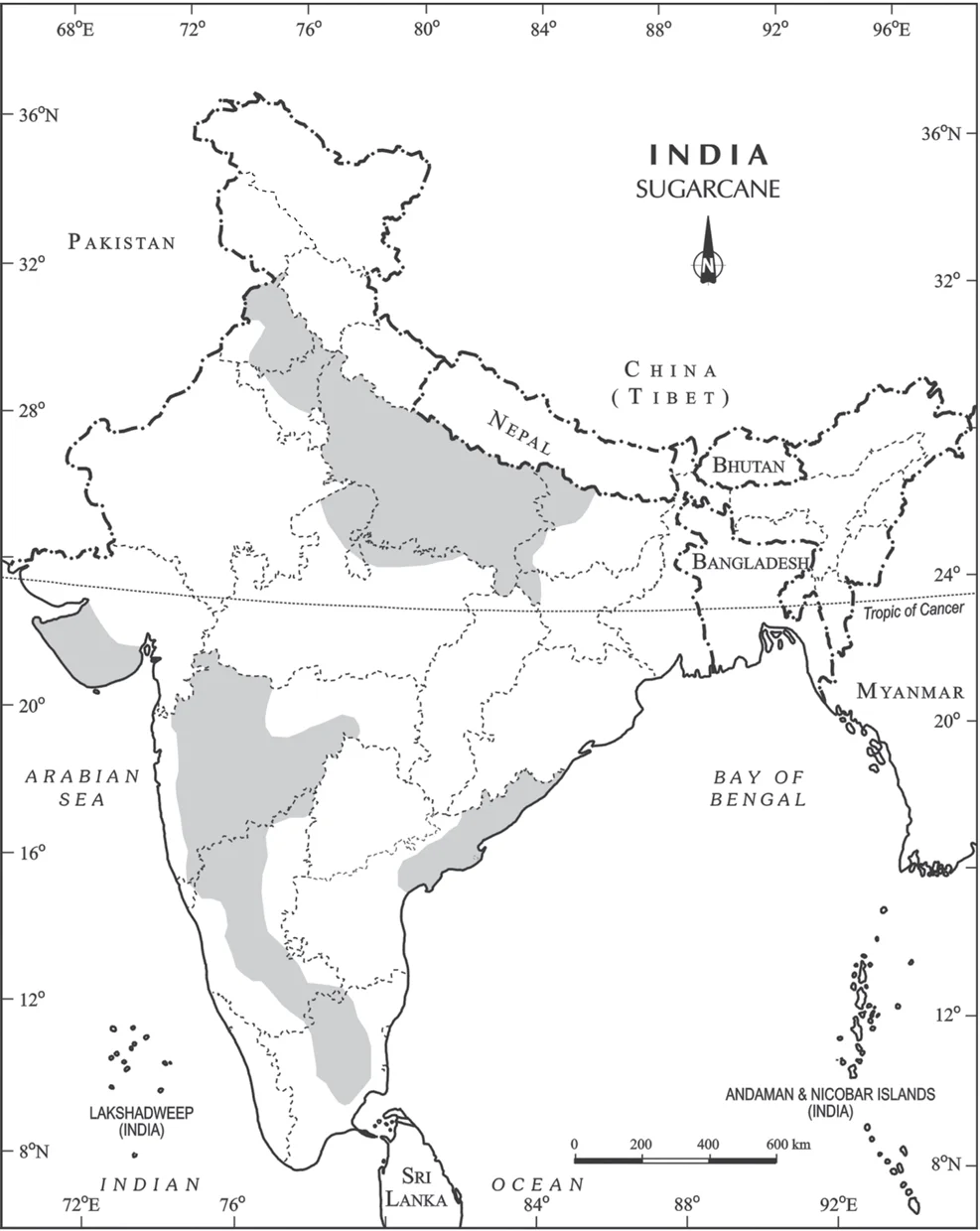![]() 8 Dec 2023
8 Dec 2023
Grains like wheat, rice, and corn are food crops, which often take center stage in discussions about global food production, it is essential to recognize the significant role played by a diverse array of food crops beyond grains.
In this article, The realm of food crops beyond grains such as oilseeds, fiber crops ,plantation crops etc and their cultivation practices, distribution and role in shaping the food system will be discussed.

Groundnut, sunflower and mustard are ready to be harvested in the field

Cotton Cultivation

India – Distribution of Cotton and Jute
In addition to their textile significance, fiber crops such as cotton, jute, and silk play a crucial role in shaping the broader agricultural landscape and contributing to India’s diverse range of food crops.
Sugarcane: Sweetening Fields and Diverse Crop Landscapes in India

Sugarcane Plantation
Tea Plantations in India: Steeping Tradition and Global Impact
|
Discovery of the Coffee Plant: There are different versions about the discovery of coffee. In about AD 850, Kaldi, an Arab goat-herder, who was puzzled by the queer antics of his flock, tasted the berries of the evergreen bush on which the goats were feeding. On experiencing a sense of exhilaration, he proclaimed his discovery to the world. |
|---|
Brewing Excellence: Coffee Plantations in India’s Western Ghats

Distribution of Tea and Coffee
India’s Rubber Revolution: Tapping into Prosperity and Industrial Growth

Distribution of Sugarcane
Also Read: Major Crops in India: A Comprehensive Overview of Food and Non-Food Cultivation Practices
<div class="new-fform">
</div>